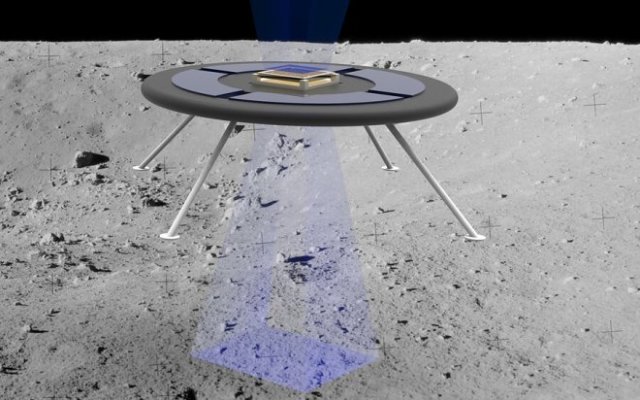
Flying Saucer
Scientists from the Massachusetts Institute of Technology are developing a new means of transportation for the exploration of the Moon, and in the future, large asteroids. One day humanity will land on them, for the purpose of extracting useful resources or studying, and then the question of moving on the surface of such cosmic bodies will arise. American engineers propose to use the gift of space itself – the abundance of static electricity there.
Due to the fact that the Moon and asteroids do not have an atmosphere, their surface is directly exposed to solar radiation, thanks to which it has accumulated a hefty positive charge. It is large enough for the dust to rise and hang at a height of up to 1 m. If you give the vehicle the same positive charge, then due to electrostatic repulsion it will rise above the surface and hover above it. To generate a charge, it is proposed to use a kind of ion motors, where a voltage is applied to the ionic liquid in the form of molten salt. This leads to the formation of ions, which are divided into two beams - positive ones are thrown down, negative ones are thrown up. In this way, you can constantly maintain the desired charge on each side of the device, and control it with the help of electrostatic repulsion. Similar engines are already used in small satellites, but MIT has additionally designed a levitating platform for the Moon in the form of a flat "flying saucer". Experiments have shown the efficiency of the technology, however, with an increase in the mass of the "dish" itself, the energy consumption for its flight increases. Therefore, the lower the gravity of a cosmic body, the more profitable it is to use such means of transportation on it.

Experiment
